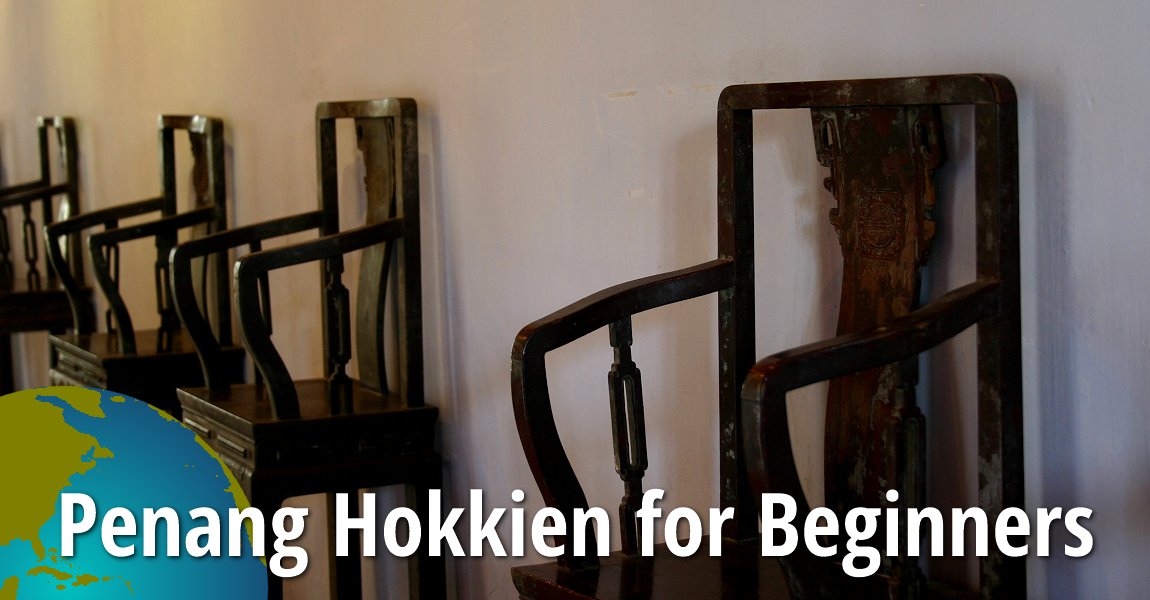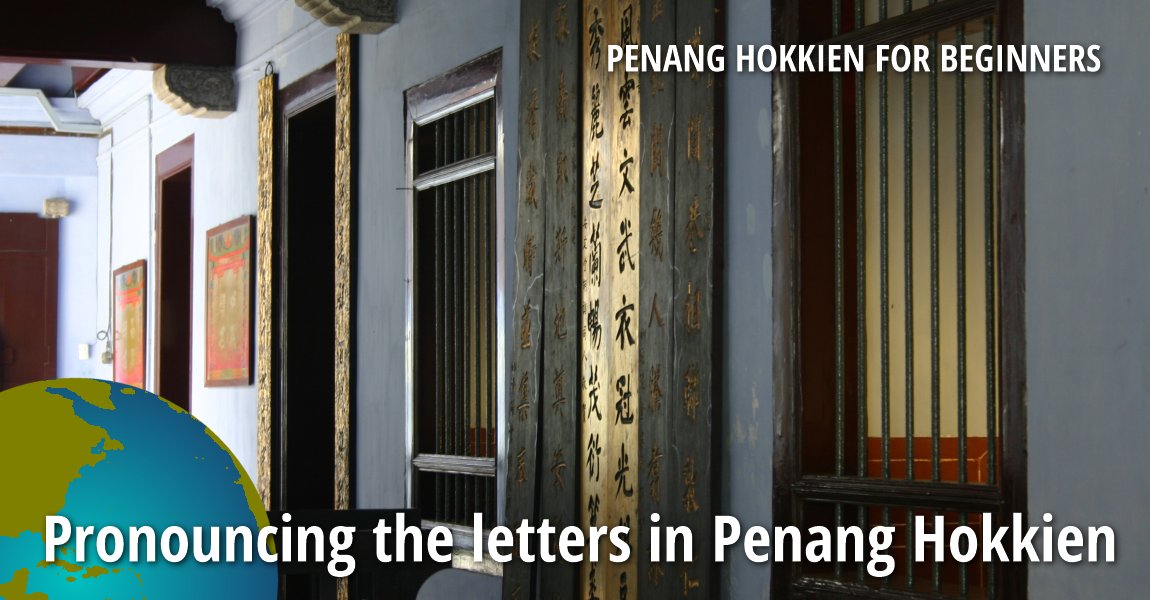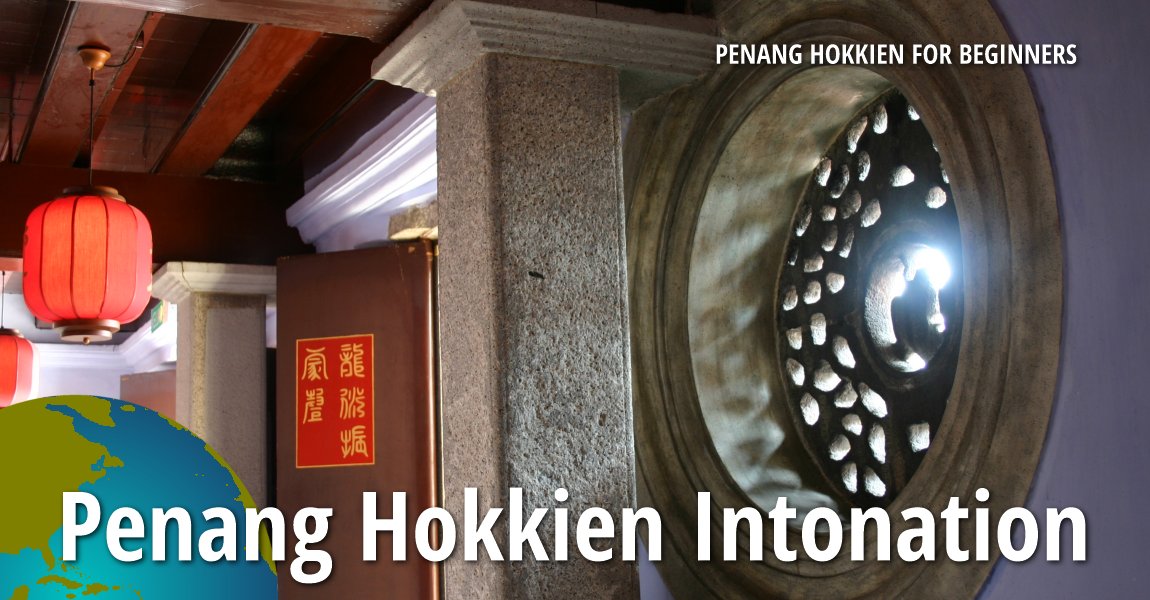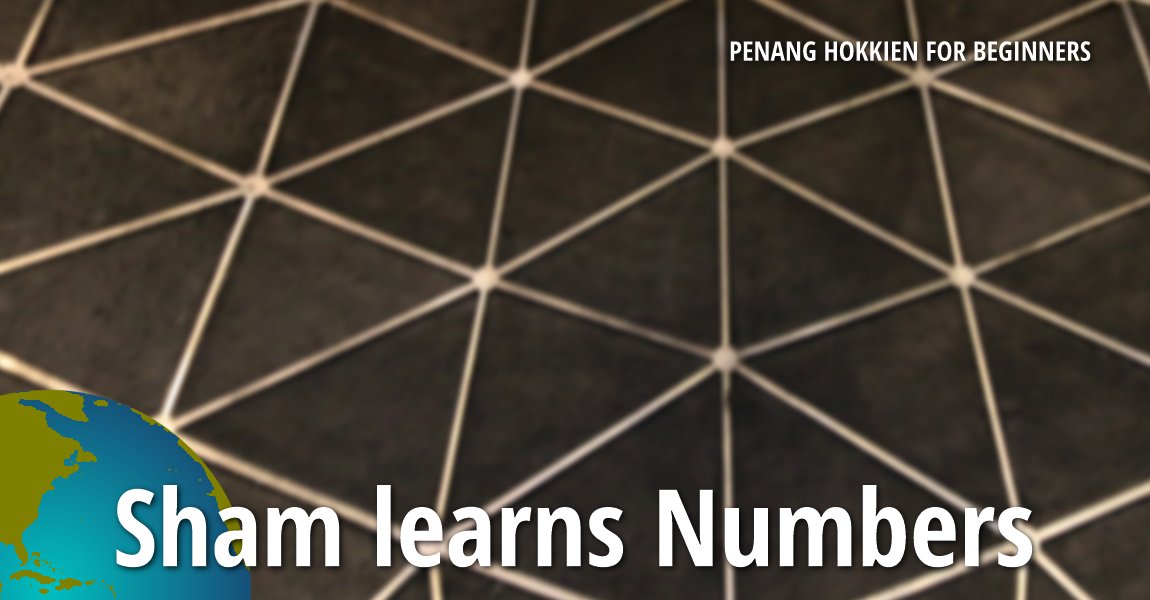 Penang Hokkien for Beginners (5 February 2017)
Penang Hokkien for Beginners (5 February 2017)
Penang Hokkien for Beginners is a series of lessons created to help beginners learn the language. In these lesson, I assume that you have no knowledge at all of Penang Hokkien, and want to learn at your own pace, time and convenience. The difference between online lessons and book, is that books are silent, whereas with this webpage, you can click to hear specific words, which you can pronounce to yourself, or better still, say it to a Penang Hokkien-speaking person, to ensure that you say it correctly.
Although I am unable to meet you in person to teach you Penang Hokkien, I hope that my free-of-charge Penang Hokkien lessons are the nearest thing to teaching you the language in person.
The lessons introduce Penang Hokkien step by step. You will start by learning pronuncation, and how words are spelling and pronounced using Taiji Romanisation. New words are taught to you, that are of practical value, so that you can use them with your friends, or in the market, or when speaking to the Uber/Grab/taxi driver.
I want use to be able to pronounce Penang Hokkien smoothly and fluently, so that, even if you are not Chinese, you will impress people by your accurate pronuncation. For that to be achieved, please take your time to master the beginning lessons.
Foundation Lessons
The foundation lessons provides you the introduction to Penang Hokkien as well as the basics for reading and pronouncing words written using Taiji Romanisation.Where does Penang Hokkien come from?
Before we begin our lesson to learn Penang Hokkien, let's first get to know the origin of the language, so that we begin our journey from a position of knowledge.Details
Pronouncing the letters in Penang Hokkien
Our lessons use a romanisation of Penang Hokkien called Taiji Romanisation. We start by getting to know the letters used to spell the words in Penang Hokkien, so that we are able to pronounce each word accurately.Details
Penang Hokkien Intonation
Penang Hokkien is a tonal language. That means, the meaning of each word is governed by its tone. In this lesson, we learn the different tones that are used in Penang Hokkien, which we will differentiate by assigning numbers to them, namely 1, 2, 3, 4 and 33. To simplify the process, the numbering system corresponds to the tones in Mandarin, as understood locally.Details
Tone Sandhi in Penang Hokkien
Not only do you have to pronounce every syllable (called "morpheme") in Penang Hokkien to a specific tone, you also need to change the tone of the syllable when you put them together to form words, phrases and sentences. The process is called tone sandhi. In Taiji Romanisation, tone sandhi is greatly simplified and easy to remember.Details
Conversational Lessons
The conversational lessons introduces various aspects of Penang Hokkien, enabling you to learn the language step by step.Articles in Penang Hokkien
Why it is useful to learn to write Penang Hokkien
DetailsMore Material on Penang Hokkien Spelling & Pronunciation
Once you have completed the four lessons above, continue to the basic lessons below. These are mostly phrases that you will be using when conducting everyday conversations.
Penang Hokkien Basic Lessons for Beginners
Penang Hokkien Reading Material for Beginners
- Taking the Bus
Simple sentences for taking the bus in Penang. - Telling Time
Learn the colloquial method to express time. - Duration
Learn to tell duration.

Copyright © 2003-2025 Timothy Tye. All Rights Reserved.

 Go Back
Go Back





